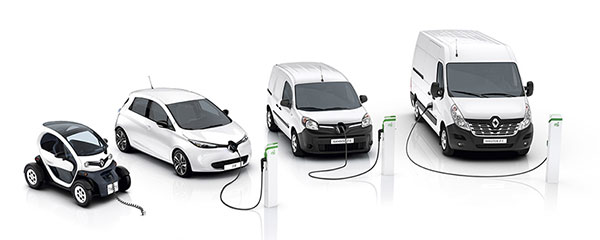
Renault EV batteries are powering 50 British homes as part of a trial run
Renault’s longstanding commitment to bringing about the global energy transition (from fossil fuel dependency to electric power) is well known and documented. Most notably, their 2009 promise (made by Carlos Ghosn himself) to produce an electric vehicle in every automotive class by 2012, was honored in the usual way: spectacularly. While we in South Africa are strangers to electric vehicles (not by choice but by necessity), this technology may hold the secret to saving us from the next load shedding catastrophe.
In keeping with its Circular Economy Model, the automotive giant, Renault, created a battery that is both reusable and recyclable. Vehicle owners in Europe rent their EV (electric vehicle) batteries from Renault, which means that these batteries are always under warranty. When a battery becomes unable to retain at least 75% charge, it is considered unsuitable for the heavy strain of powering a vehicle. However, the battery is still highly functional and capable of storing a great amount of electricity. It then enters (what Renault refers to as) its second life.
Renault has long been exploring the secondary use of EV batteries, specifically in the arena of home energy storage. In partnership with British home energy storage solutions company, Powervault, second life Renault EV batteries have found their way to 50 British homes as part of a trial project. The idea is to use the second life battery to gather and store electricity from intermittent energy sources, like solar panels (and, in South Africa at least, the national grid). This energy is then substituted for grid energy when the local energy demand spikes (mostly in the evening).
Of course, we in South Africa are not as blessed in our supply of second life batteries. Nor do we qualify for discounted grid electricity when we install solar panels, like our British neighbours. But solar panels we most certainly do have. And second life / second hand batteries must be less expensive to import than whole cars?
And when your home energy storage battery finally quits, in can safely enter phase three: recycling. Renault, in partnership with such specialists as Veolia, are continually improving their materials reclamation technology through hydro-metallurgical processes. Metals such as copper, nickel, cobalt and lithium are fed back into the production process, keeping your carbon footprint to a minimum.
Ask yourself: when the next, dark chapter of load shedding looms, would you not rather be sitting, bright and warm, on a Renault-powered home energy storage system? If so, perhaps it is time that we, as a nation, start looking for a little more Renault EV technology on South African roads and in South African homes.

Renault Second Life EV batteries – Infographic

